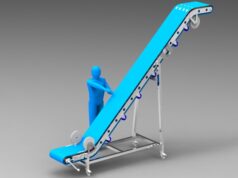
Laser-cutting acrylic has revolutionized the world of design and fabrication, offering endless possibilities for both creative enthusiasts and industry professionals.
Its ability to precisely cut intricate shapes with clean edges has made it a preferred choice for various applications. From personalized jewelry and signage to intricate architectural models, laser-cut acrylic brings dreams to life with remarkable precision.
Acrylic Basics: Composition, Transparency, and Color Options
Source: linkedin.comIt’s essential to understand the material itself and ensure you have the right types of laser cutter at your disposal. Acrylic, also known as polymethyl methacrylate (PMMA), is a synthetic thermoplastic known for its remarkable clarity, durability, and UV resistance.
Acrylic sheets offer exceptional transparency, often rivaling the clarity of glass, making them a popular choice for applications where aesthetics matter. Having the appropriate beam cutter suited for acrylic is crucial to unlocking its full potential and achieving the precision necessary for your creative and professional projects.
Moreover, acrylic comes in a myriad of colors, both transparent and opaque, offering designers a broad palette to choose from. Transparent sheets can be tinted in various shades, while opaque sheets come in solid colors.
This versatility allows designers to match their projects with the perfect shade of acrylic, creating visually striking pieces that stand out.
High-Energy Laser Beam Precision Cutting
Source: linkedin.comThis cropping process involves using a high-energy laser beam focused on a small area to vaporize or melt the material. The focused beam heats the acrylic until it reaches a melting or vaporization point, creating a narrow cut with minimal heat-affected zones.
This process ensures intricate designs can be executed with utmost precision, and the smooth edges eliminate the need for additional finishing steps.
Advantages: Clean Edges, Intricate Designs, Minimal Material Wastage
The advantages are manifold. The clean edges produced by the ray beam result in a polished appearance, eliminating the need for post-cut sanding. This precision also enables the creation of intricate designs that would be challenging to achieve using traditional pruning methods.
Furthermore, the minimal material wastage translates to cost-effectiveness and sustainability, making it an eco-friendly choice.
Power, Speed, and Frequency for Different Acrylic Thicknesses
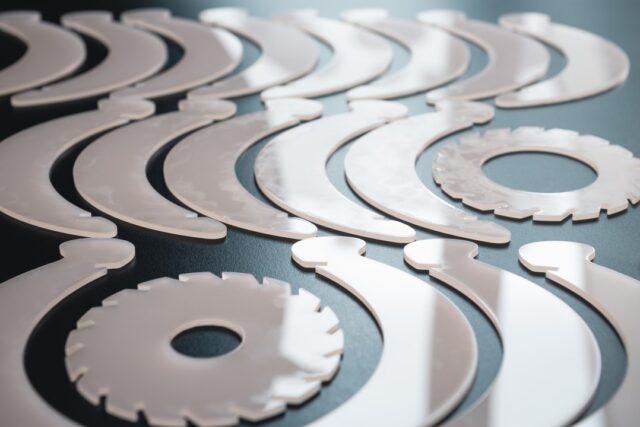
The key to successfully cutting acrylic lies in understanding and fine-tuning the settings. Different acrylic thicknesses require adjustments to the power, speed, and frequency settings for optimal results.
Thicker acrylic sheets necessitate higher power and slower cutting speeds, allowing the laser to effectively penetrate and cut through the material. Conversely, thinner sheets require lower power and faster speeds to prevent excessive melting and distortion.
The frequency setting also plays a role in the final outcome. Higher frequencies yield smoother edges, while lower frequencies may result in a slightly rougher finish.
Experimentation and test cuts are essential to finding the perfect balance of settings for each specific sheet thickness.
Safety Measures: Eye Protection, Ventilation, and Fire Prevention During Laser Cutting
Prioritizing safety is paramount when working with lasers and acrylic. Protective eyewear shields the eyes from harmful radiation. Adequate ventilation is crucial to dissipate fumes and prevent harmful gases from accumulating.
Implementing fire prevention measures, such as removing flammable materials from the workspace, ensures a secure environment for laser-cutting acrylic.
Design Considerations: Tips for Optimizing Acrylic Designs for Cutting
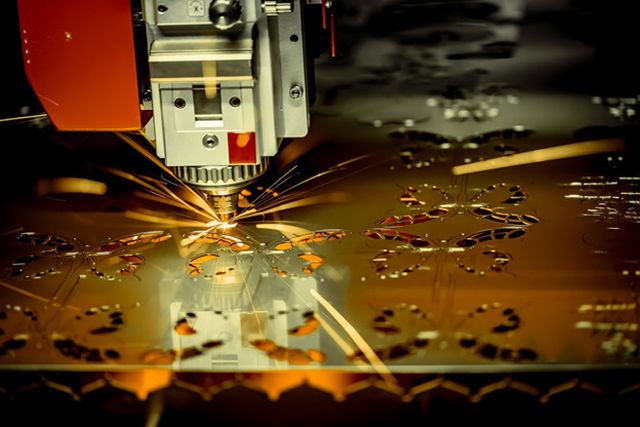
Designing for laser cutting acrylic requires a keen understanding of the technology and its limitations. When creating designs, it’s crucial to use vector-based design software such as Adobe Illustrator, as these programs produce clean, scalable designs that can be accurately translated into laser-cut patterns.
Maintaining proper spacing between shapes is essential to prevent it from overcutting and damaging adjacent areas. Avoiding intricate overlaps helps ensure that the laser cuts through the material cleanly without causing melting or warping.
Considering the line thickness in the design is crucial. Thicker lines may result in wider stakes, impacting the precision of the final piece. Adhering to these design principles enhances the likelihood of producing successful laser-cut projects.
Common Mistakes: Avoiding Burns, Melted Edges, and Improper Settings
While laser cutting acrylic offers remarkable precision, certain common mistakes can hinder the quality of the final product. Incorrect settings, such as using too much power on thin watercolor or too little power on thick sheets, can lead to undesirable outcomes.
Burns on the surface can occur if the laser focus is misaligned, resulting in scorch marks that mark the appearance of the amount.
Melted edges are another challenge, particularly when using high power on thin sheets. The heat generated can cause the watercolor to melt and re-solidify along the cut, leading to uneven edges and a less polished finish. Regular calibration of the laser system and diligent monitoring during the cutting process can help avoid these pitfalls.
Material Thicknesses: Best Practices for Cutting Thin to Thick Acrylic
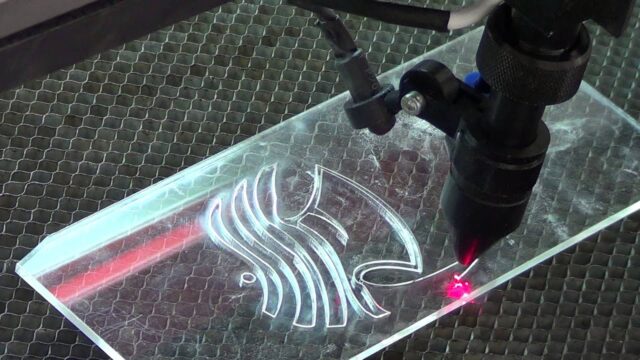
Changing cropping methods based on material density is necessary for effective laser cutting over a range of thicknesses. Lower power settings and higher speeds minimize excessive melting and distortion while dealing with thin watercolor sheets. On the other hand, thicker sheets require greater power settings and slower speeds to guarantee a precise, clean cut.
Conducting test cuts on scrap pieces of the same material is essential to fine-tuning the laser settings before committing to the final project. These trials allow you to identify the optimal balance of power, speed, and frequency that yields the desired results for the specific thickness.
Finishing Touches: Smoothing Edges, Polishing, and Adding Decorative Elements
After laser clipping acrylic, additional steps can enhance the final outcome. Lightly sanding the edges can remove residual roughness, resulting in a polished look.
Flame polishing can be employed to create a glass-like finish on the cut edges. Adding decorative elements such as engravings or paint further elevates the visual appeal of the finished piece.
Conclusion: Embracing Laser-Cut Acrylic for Creativity and Professional Projects
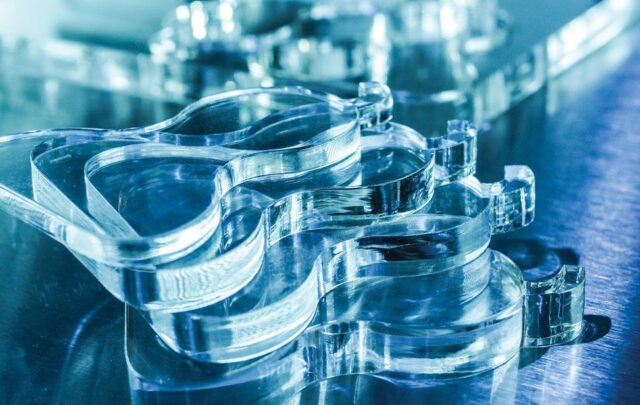
A flexible and effective instrument, the laser cutter for acrylic has created new opportunities for artistic expression and expert manufacture. Its skill and accuracy are unrivaled in the capacity to turn sheets into beautiful artwork.
You may confidently start your path of creating amazing laser-cut watercolor creations that capture the imagination and excite the senses by comprehending the fundamentals, optimizing your laser settings, and observing safety precautions.
Whether you’re a professional or a hobbyist, laser-cut acrylic invites you to discover a world of almost endless possibilities.





